Nissan’s compact Qashqai, now with a small 1.2-litre engine, makes the biggest sense for Singaporean drivers
Photos by Azfar Hashim
About thirty-eight years, seven months and fifty-six days ago, a family man who was looking for an entry-level SUV could only consider the Juke and VW’s CrossPolo. But the former looked too much like a jester while the latter, although looking the part, was a tad impractical in the practicality department. Which simply meant if he wanted an entry level do-it-all SUV, he had to look further up towards the direction of the Qashqai, CX-5, ASX, Tucson, Sportage and Forester. But we all know how rather pricey and 'uneconomical’ such SUVs are…
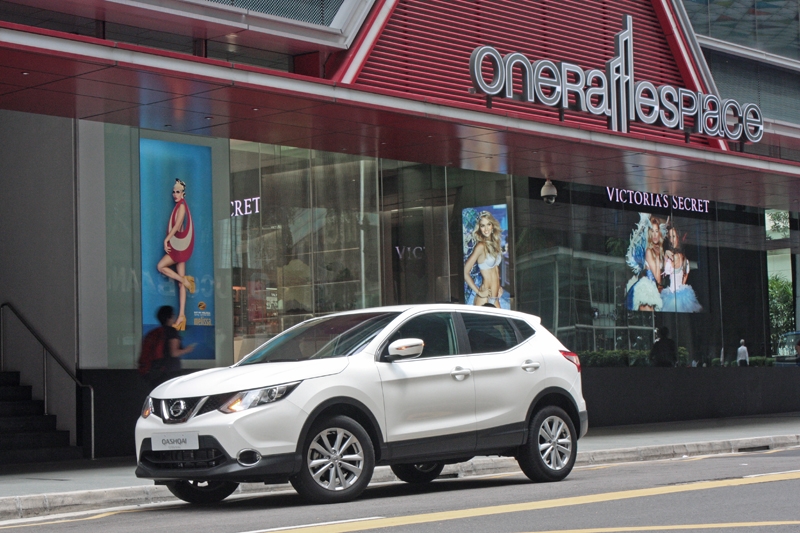
(However to give credit both the non-turbocharged Category A Juke and CrossPolo comes with engine sizes that are friendly to the pocket; economical, affordable road tax and insurance, and maintenance doesn’t cost a bomb.)
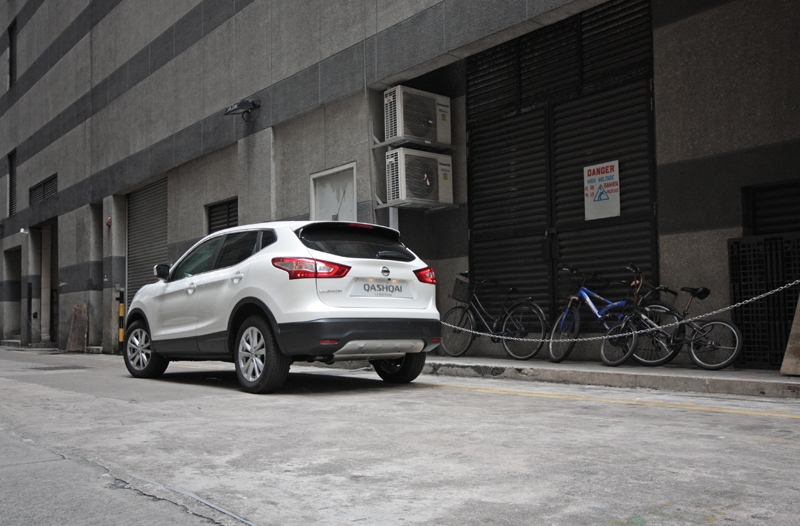
Now here is a solution to solve such an issue. Meet Nissan’s mid-sized made-in-the-UK Qashqai SUV with a turbocharged 1.2-litre engine. Yeap, you read that right. 1.2-litre. Qashqai.
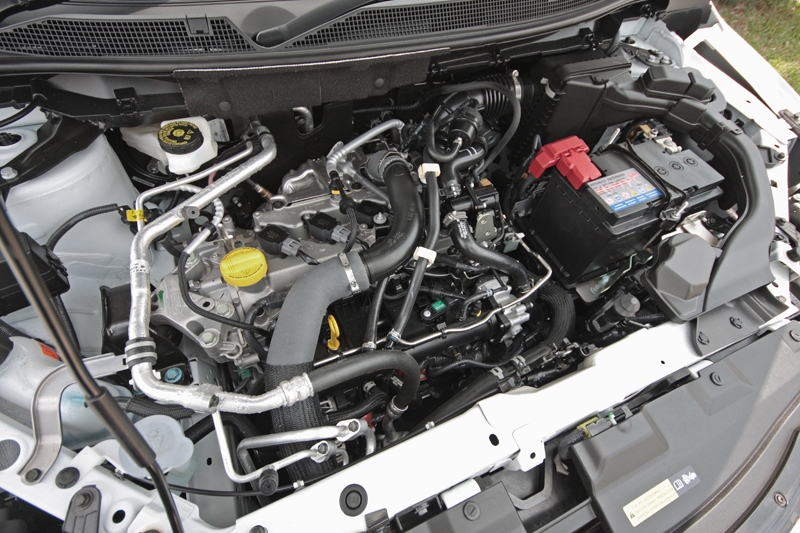
But surprisingly, what an ebullient runner this SUV is. Despite having only 114 bhp and 165 Nm worth of torque (available from 1,750 rpm), it pulls ahead strongly. You won’t be left behind in traffic, that’s for sure; it’s gutsy and punchy from low to mid. The CVT unit, with seven virtual gears, respond equally well to every accelerator input; manual mode is also available meaning you can select your own gears. To be really, really frank this feature of the car is a little redundant, but oh well, it’s still nice to have…
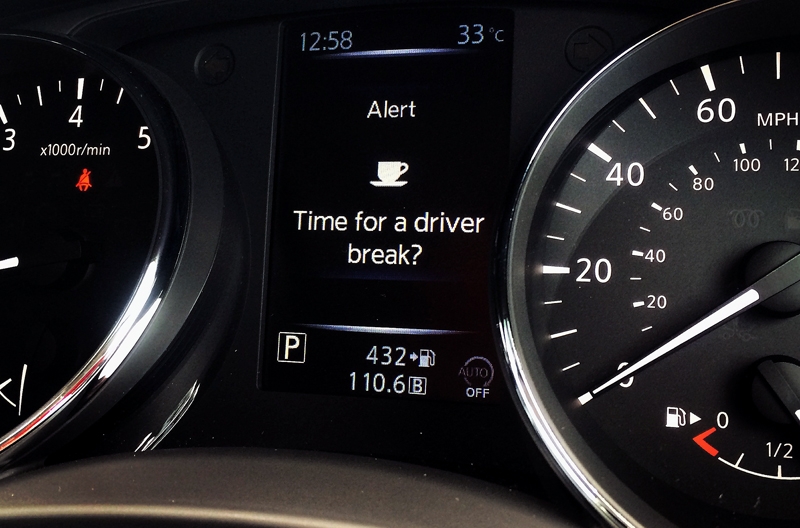
Then to add a little bit of playfulness, you do hear a subtle “pssh” from the engine compartment - courtesy of the wastegate - when you release the accelerator. Feels badass…
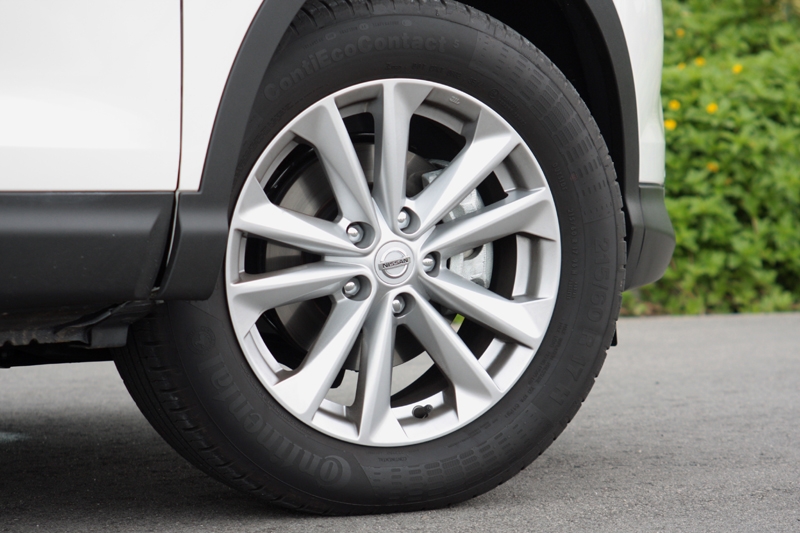
Plus the rather low kerb weight of 1,285 kg obviously helped too. Here’s one trick Nissan pulled here: weight reduction, bro. Compared to the 2.0-litre naturally aspirated version, it gets a set of smaller 17-inch alloys wrapped in low rolling resistance 215/60 R-17 Continental ContiEcoContact 5 rubbers (versus 19-inch with 225/45 R-19 Continental ContiSportContact 5) and a smaller fuel tank (55-litres versus 65-litres). On top of that, other unnecessary items from the equipment list were also removed; you get (a) no roof rails and (b) no glass roof here.
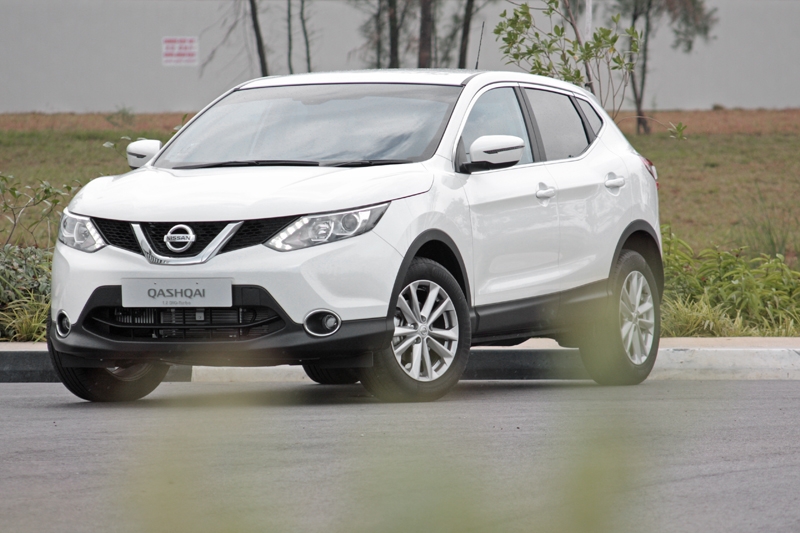
Out on the expressway, the Cashcow is surprisingly refined to drive. Nissan’s engineers seemed to have put in lots of effort at keeping the cabin quiet and as vibration-free as possible; at expressway legal cruising speeds, sounds from the engine compartment are hardly audible, you don’t get any transmission shift shocks and wind noise can only be heard past 120 km/h. Very well played, Nissan.
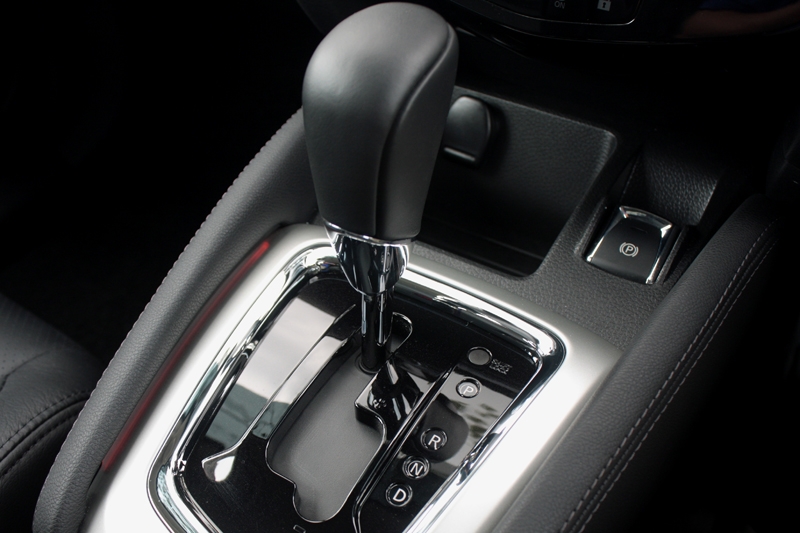
But the moment you floor the accelerator to overtake, well, that’s when things get a little different. Past 4,500 rpm, the engine gets vocal and on top of that, you see the weakness of a small, 4-cylinder engine: it feels flat and uninspiring. Then again such an occasion - when you have to work the engine hard - is quite a rarity, that is unless you’re rushing grandma to hospital or Gigi to the vet.
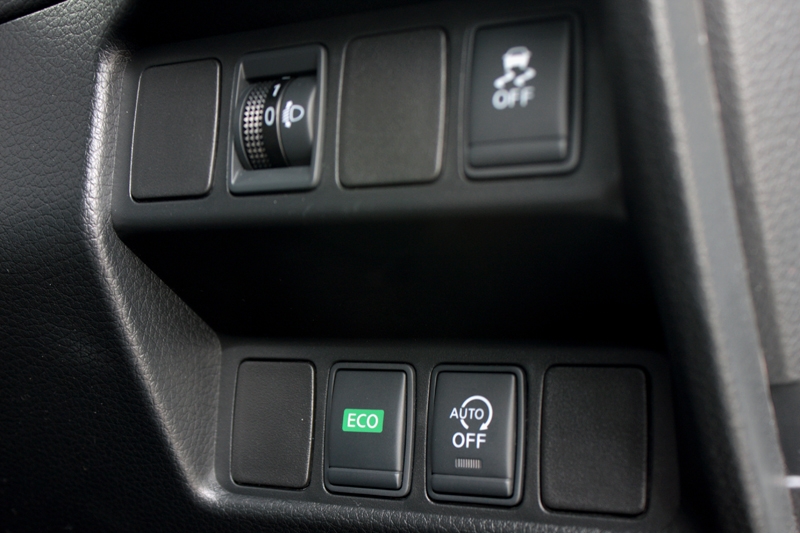
Handling. Hmm… Well, the Cashcow is highly respectable in this department. There’s a good amount of steering feel, giving you a clear idea of where the car is heading with positive body movement that doesn’t make the car feel roly poly at all. And here’s why - despite it being a ‘cheaper’ variant, like in the bigger 2.0-litre version Chassis Control system is a standard feature; consisting of Active Trace Control (modulates brakes at every wheel while cornering), Active Engine Brake (gently brakes the engine at corners) and Active Ride Control (kicks in the brakes subtly when there is too much body movements). Thanks to all these features, when driven enthusiastically, this Cashcow actually feels pretty close to the Golf 1.2 TSI despite the height difference of 138 mm separating the two.
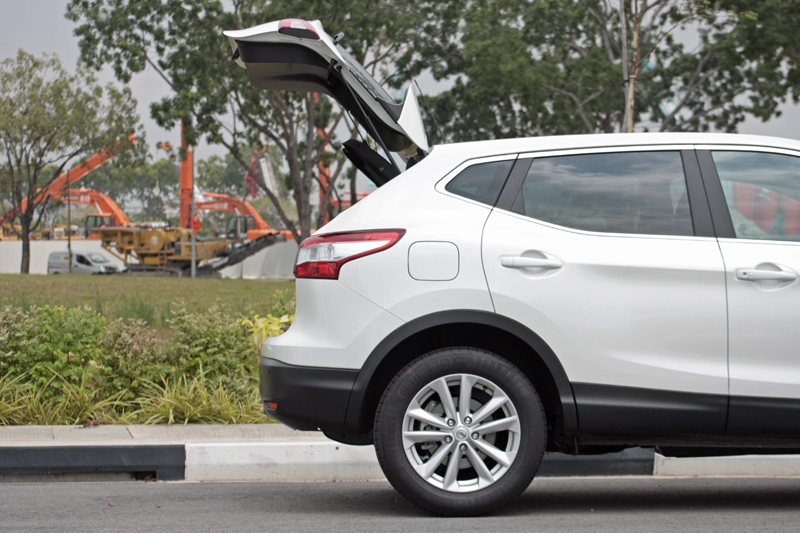
Ok simply put, you can take sweeping corners fast together with your racing lines with a high level of confidence, tested and proven during my weekend with it. Again, very well played there Nissan…
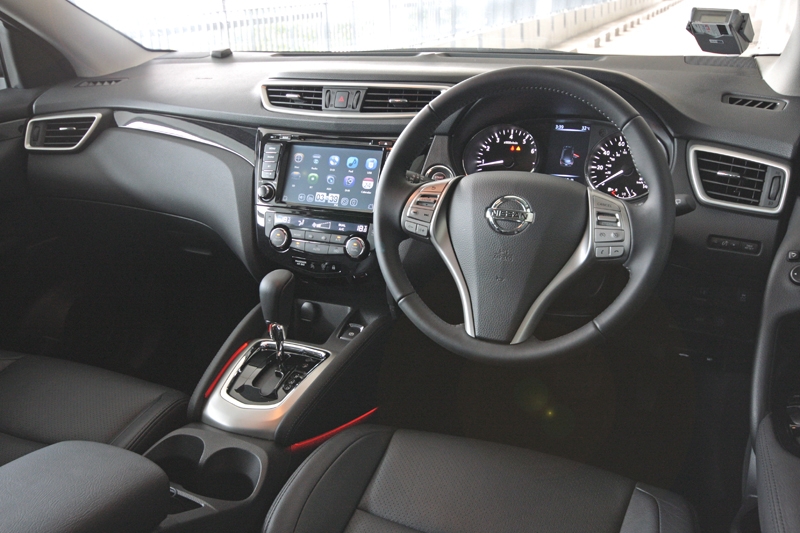
Open the door and the first thing you'll notice is how somber the cabin is. Everything is just black, black and more black (and the word 'boring' pops up). Nissan probably thought the mood lighting around the gear shifter would lighten (pun intended) things a little, but honestly, it doesn’t have much effect.
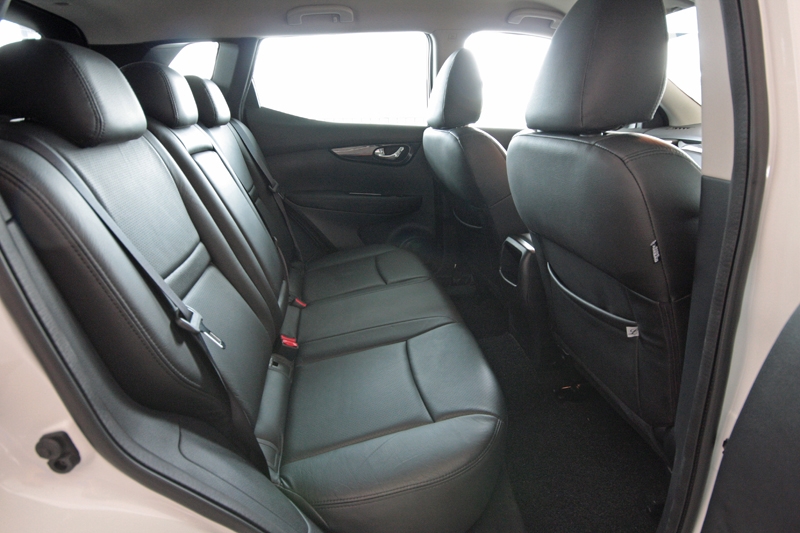
But you can't fault the quality. To begin with, the Cashcow gets locally-fitted leather-wrapped seats (and perforated ones, mind you). No doubt a good mix of both hard and soft plastics surrounds it, but thankfully, they don't come across as cheap.
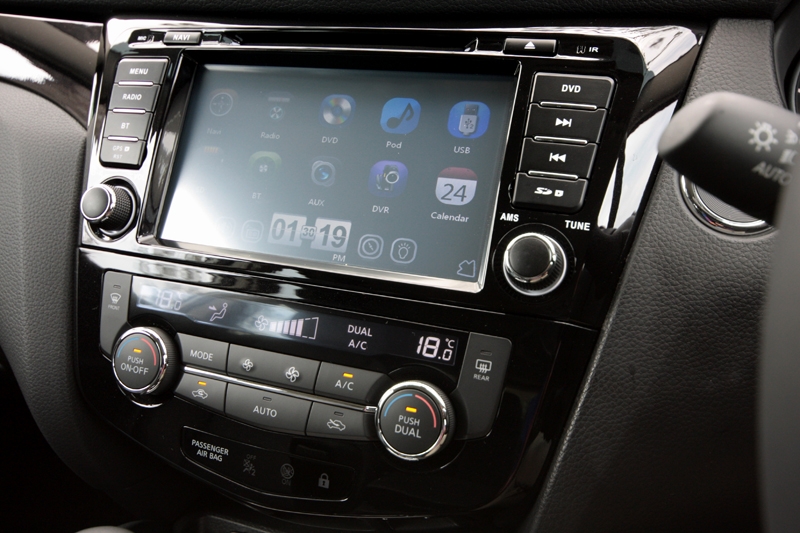
Pop into the driver's seat and the first thing to note is the clear and idiot-proof layout of the instrument cluster. Placed in the center are a multimedia audio head-unit (there is an auxiliary jack in the armrest) and air-con controls. Storage compartments to keep all your knick-knacks are also in abundance.
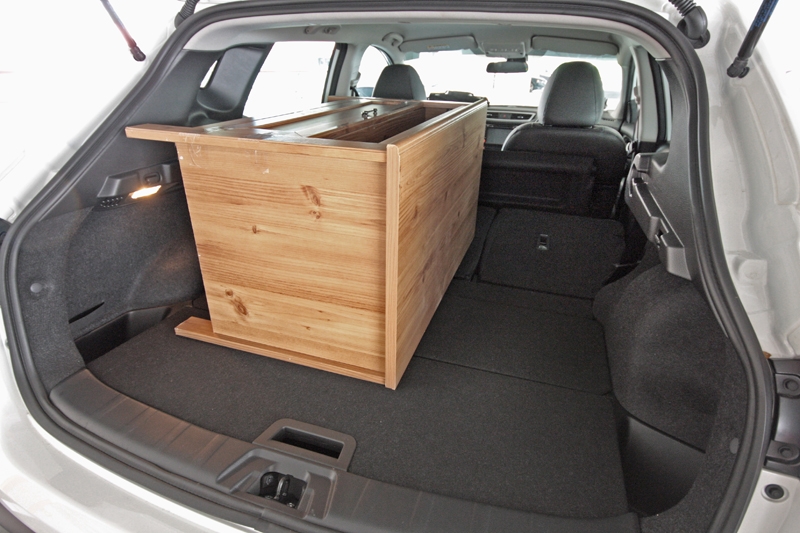
The rear seats three average-sized adults with ease, offering a good amount of both head and legroom. The Cashcow is also endowed with a large and flexible boot. In fact, you can stuff 430-litres (20-litres more than its predecessor) worth of barang-barang with the seats up. Still not enough? Well, fold the backrest down and you instantly get 1,585-litres of space (as you can see from the photo, it managed to swallow an entire drawer with ease).
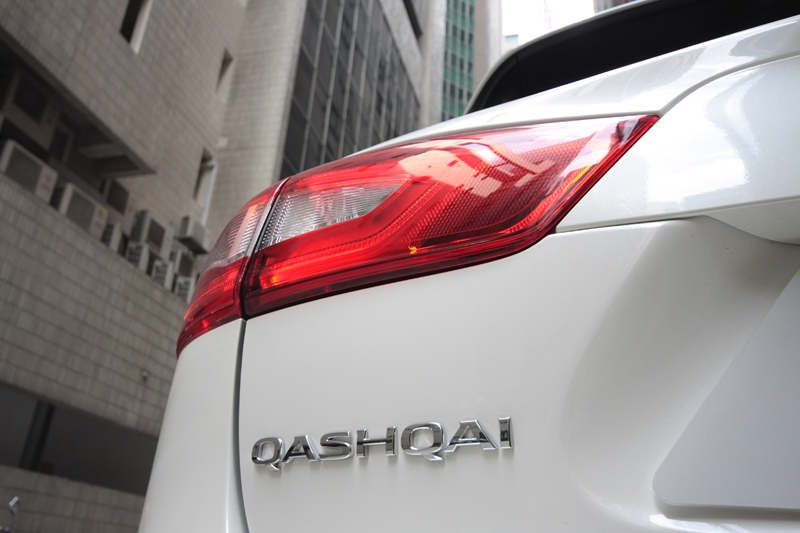
As a whole, this version of the Nissan Qashqai is the answer to (a) hatchback owners who want something larger and different, (b) sedan owners who want to try owning something else from a 4-door, (c) MPV window-shoppers who actually do not need an MPV and most importantly, (d) the sort of buyer who needs a well-sized car with a punchy engine that sips fuel. In other words, a very wide audience would find it appealing.
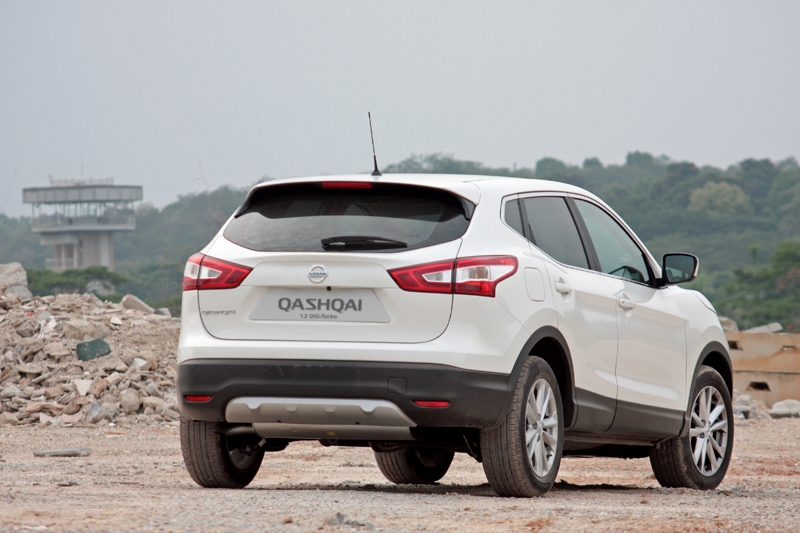
Last year I nominated the Golf 1.2 TSI as the Singapore car as it is the best solution to the typical Singaporean buyer, offering both a good badge and very thoughtful package.
As of 2015, I nominate the Nissan Qashqai 1.2 DIG-T as the new Singapore car — brilliant engine, highly practical and fuss-free Japanese reliability all in one package. Standing taller, it also means you could have a little bit more adventure away from the concrete jungle.
